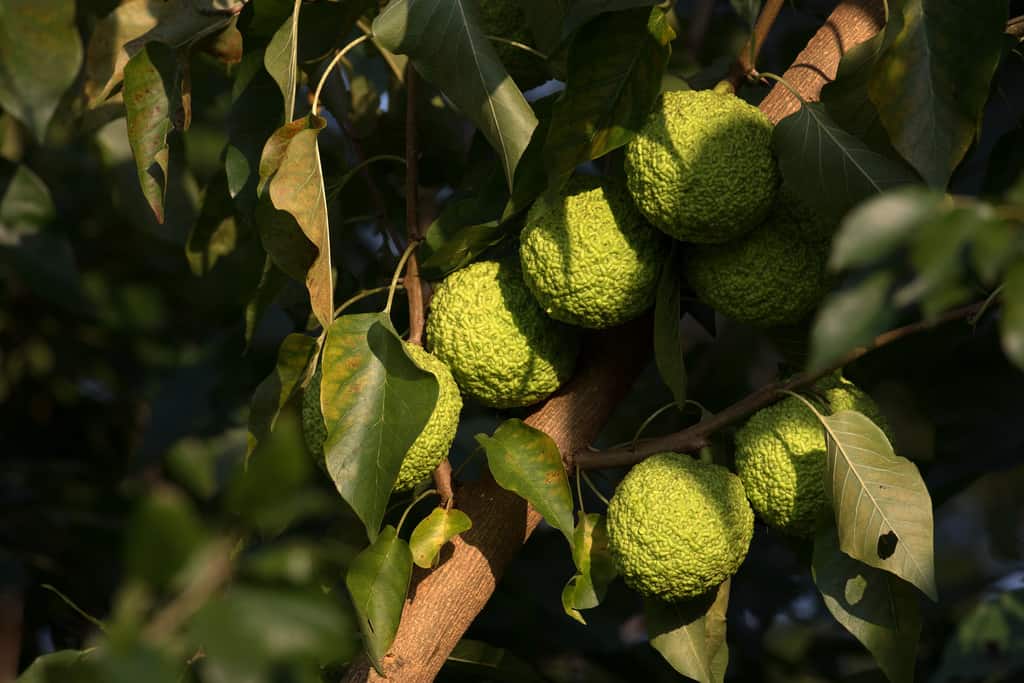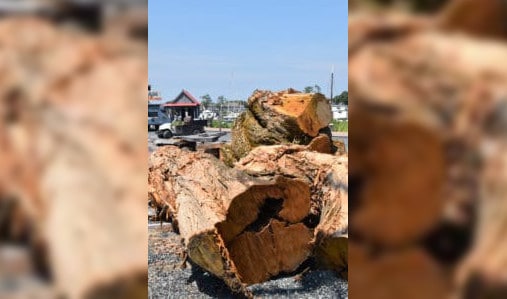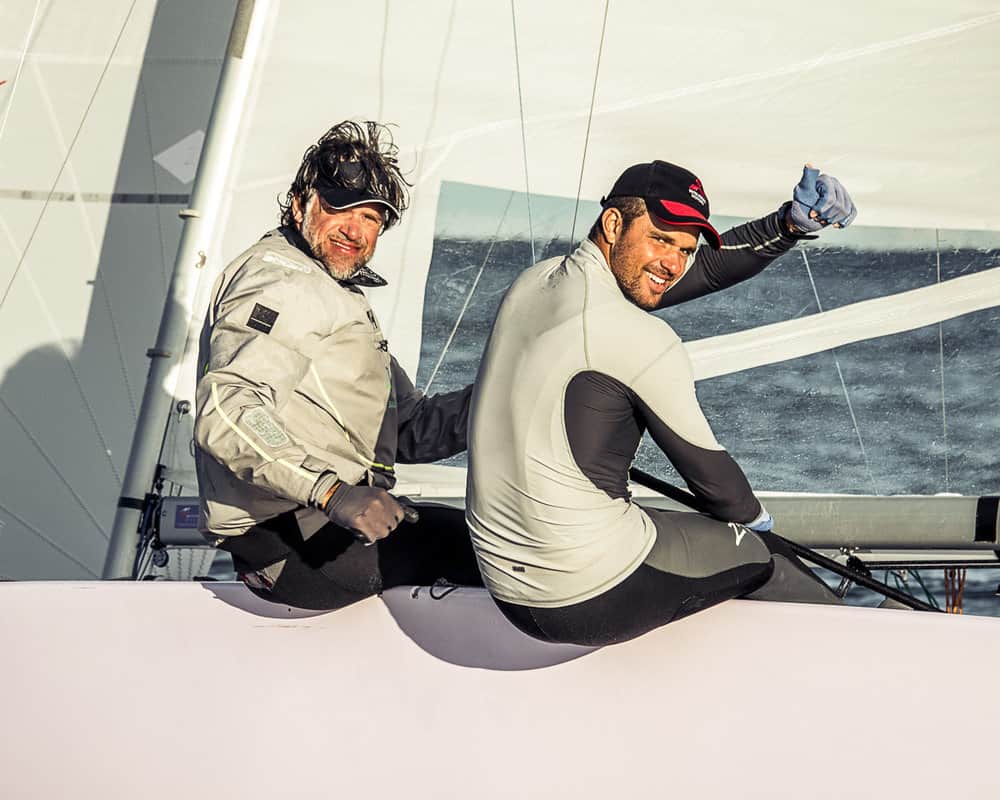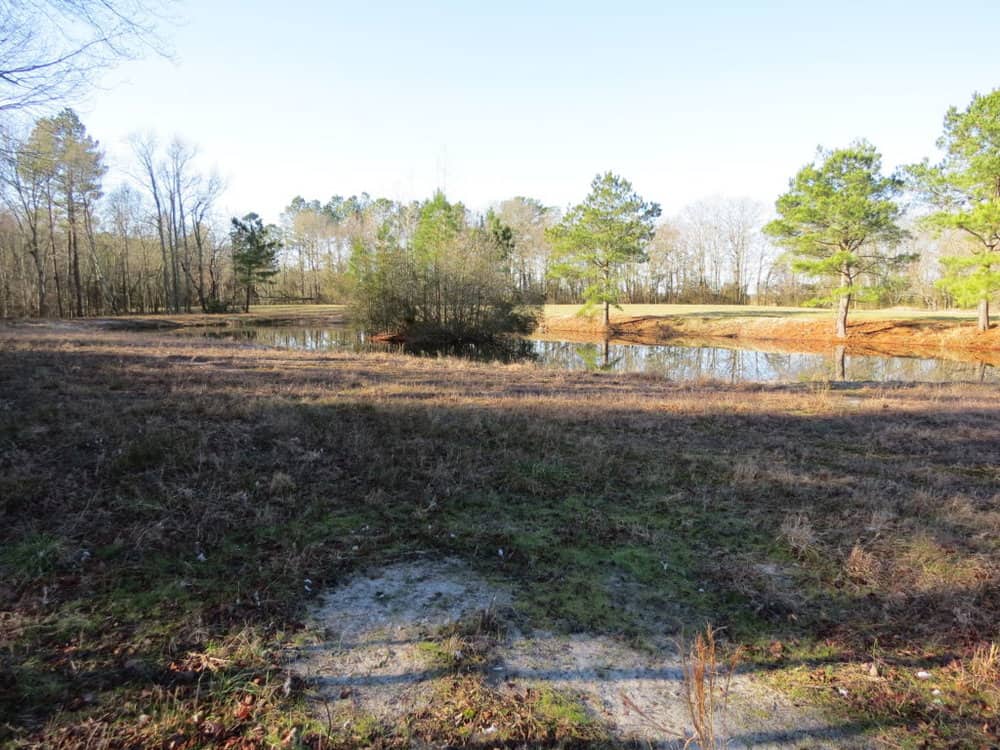Shipwrights at the Chesapeake Bay Maritime Museum (CBMM) are steadily working away at the new historic replica Maryland Dove, and now the ship will have a piece of St. Michaels to carry with her.
A resident of the town, Tracy Wagner, donated the wood from an Osage orange tree that had to be taken down for safety reasons. CBMM lead shipwright Joe Connor, construction manager on the build, says the wood will be used to make mast steps, knees, and stanchions for the new Maryland Dove.
“Osage orange is both a beautiful type of wood and one that is incredibly useful in traditional wooden shipbuilding,” Connor said. “We are very grateful for this donation and can’t wait to mill these pieces and put them to good use as we continue our work on Maryland Dove.”
Wagner feels this use gives the tree new purpose.
“I am happy and pleased that the wood is going to CBMM and they will be able to work with it,” Wagner says. “Osage is a very hard, pliable wood that’s historically been used for boatbuilding, so this is wonderful use for it.”

Indeed, Osage orange has been used in other local replicas like the Schooner Sultana, which has a hull planked in the wood, abundant in Maryland. The tree actually isn’t native to the Chesapeake–it originated in the American southwest– but has been planted widely here. You’d recognize it by its large, bumpy, green-skinned fruits sometimes called horse apples.
Maryland Dove is a reproduction of the vessel that accompanied the first European settlers to what is now Maryland in 1634. It replaces the existing Dove, built in 1978. This ship will be homeported in historic St. Mary’s City, just like the current Dove, when it’s completed.
-Meg Walburn Viviano




